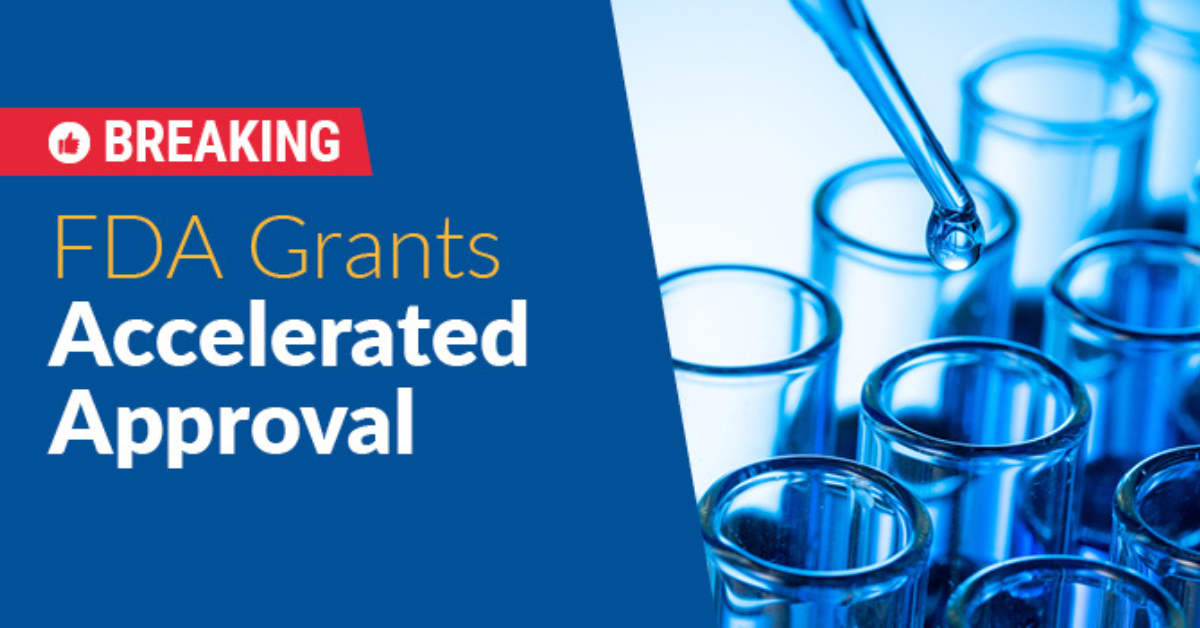The Gene-Edited Babies And CRISPR-Cas9 Controversy, Explained
CRISPR-Cas9 has the ability to change everything about our world. Here’s why it’s awesome and why it’s scary.
Outrage continues to grow over the news that Chinese scientist He Jiankui claims to have used gene-editing technology called CRISPR-Cas9 to create embryos that he then transferred into a woman, resulting in the birth of twin girls.
His stated goal was to give these girls genetic immunity to HIV, but experts say that he unnecessarily put their lives in danger by using a tool that could cause unwanted and unforeseen alterations in other parts of their genetic code, in ways that could be passed down to the girls’ future descendants.
Word of his experiment spread just as the world’s top gene-editing scientists gathered, along with He, in Hong Kong for the second international summit on human gene editing, to discuss, among other things, the thorny ethical implications of the technology. A committee of more than a dozen of those scientists released a consensus statement condemning He’s “deeply disturbing” news. They also called for an independent review to assess exactly what he and his team had done.
The 2018 consensus statement also affirmed the summit’s initial stance, first published in 2015, that genetic editing on sperm, egg or embryo cells that go on to become pregnancies is still too risky to attempt and that there are too many unknowns.



